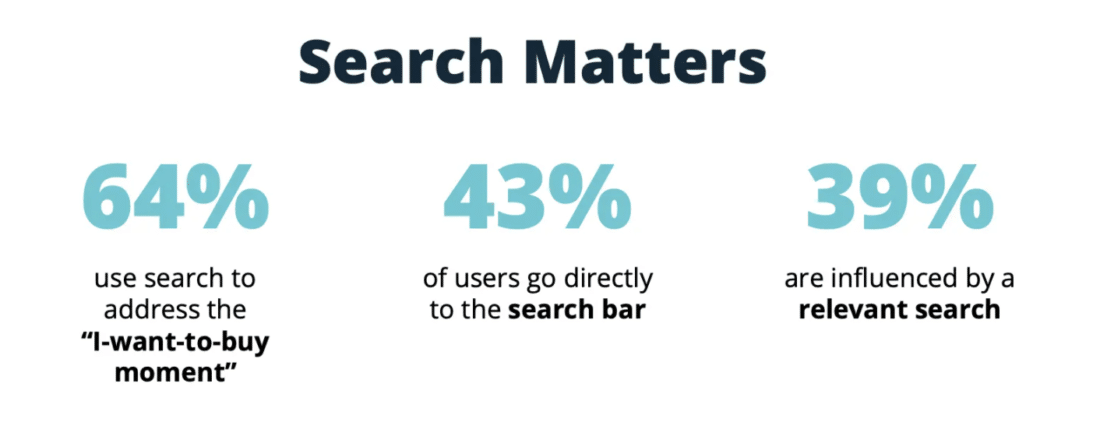Amazingly enough, it’s time for holiday shopping and Cyber Weekend, which is not so much a “weekend” as a 4-day shopping blowout; Black Friday, Small Business Saturday, Cyber Sunday and, of course, Cyber Monday, the biggest day for retailers big and small. This year, it’s expected to be the largest Cyber Weekend ever.
Deloitte projects that e-commerce sales will grow 11% to 15% compared to 2020. The report further estimates that total e-commerce holiday sales will reach between $210 billion and $218 billion this season.
The new e-commerce landscape has been described as “storelessness,” and for good reason. Last year, e-commerce represented more than 14% of total retail sales, highlighting an upward trend in online shopping that will no doubt continue to climb. Even if consumers feel more comfortable shopping in person this holiday season, pandemic shopping behaviors have stuck around.
However, according to Berkeley Research Group, close to 60% of consumers will follow a hybrid model, blending in-person shopping with e-commerce. Thirteen percent plan to shop only in physical stores, while 24% say they’ll shop only online.

Planes, Trains and Shipping Carriers
Unfortunately this year e-commerce is being hit hard by supply chain bottlenecks and increased costs as well as delayed shipping carriers. According to a Deloitte 2021 holiday retail survey, 64% of businesses are concerned about receiving inventory in time for the holidays, leading to the dreaded out of stock item.
Shipping rates have increased by 480% over the past year, potentially forcing some companies to pass that cost onto their customers. Increased supply chain costs and delayed carriers will definitely result in some slowed delivery times, leaving customers frustrated.
A smooth and transparent user experience, however, can alleviate some of this frustration. Personalization and content, streamlined sales processes and a functional search tool can help relieve holiday shopper stress. Managing customer expectations during any disruptions can help as well.
Terms of Engagement

The importance of creating a more intuitive shopping experience for your customers cannot be overstated. Data-driven personalization can help facilitate just that. But first you need to keep them on your site. Studies have shown that 53% of consumers will bail if it takes over three seconds for a page to load. If you’re trying to liven up your homepage with videos and flashy images—don’t. Go for speed and reliability.
According to WP Engine, websites with effective content marketing saw six times higher the conversion rate as those without a solid content strategy. Several e-commerce sites are increasingly connecting relevant blog posts and social channels in order to attract customers back to their store.
Don’t underestimate the value of good blog content to promote your products in the short-term and engage your customers in the long-term. A HubSpot survey found that over half (56%) of consumers actually make a purchase after reading a blog post. A company blog is also an easy way to keep your content fresh.
Field of Abandoned Shopping Carts

It’s not uncommon for so-called curious shoppers to add items to their shopping cart only to leave the site without making a purchase. According to statistics from Shopify, almost 70% of online shopping carts end up abandoned. That number jumps to 86% when shopping on a mobile device. Not surprisingly, December is when cart abandonment is at its highest.
However, there are steps you can take to turn curious shoppers into loyal buyers. Consider targeted discounts to encourage shoppers to return, such as a welcome discount for new visitors and free shipping. (Deloitte found that 85% of shoppers expect free shipping anyway.) Reminding customers that there are items left in their shopping carts can also earn you a second look.
The more the customer feels valued, the more comfortable they are making a purchase. To ensure a smooth and convenient user experience, be sure to streamline the checkout process and provide seamless payment options. This could entail making it easier to create and subsequently sign in to an account, and providing easier access to stored information.
Desperately Seeking Search

Search functionality plays a key role in product sales. While it’s true that only 15% of shoppers use the search tool, the group comprises 45% of e-commerce revenue. Once they search for products, they expect relevant and personalized results. Like it or not, everyone wants a Google experience, no matter what site they’re on.
Research from Bloomreach found that consumers, by a 2-to-1 margin, are frustrated that retail sites fail to provide the same comprehensive search experience as the big search engines. Not surprisingly, 44% begin their searches on (wait for it) Amazon.
The main takeaway? An overwhelming majority of online shoppers (68%) say they won’t return to a retail site with a subpar search experience. Luckily there are tools which can help you optimize your internal search functionality. For example, WordPress’s Instant Store Search tool, powered by ElasticPress, improves search by showcasing the most relevant products while offering built-in features like auto-correct and auto-suggest.
Conclusion
Despite potential challenges this year such as delayed shipping, e-commerce is poised to net up to $218 billion this holiday season and Cyber Weekend will be the largest one yet. Putting your customers first in terms of the overall online shopping experience will go a long way, increasing sales and building brand loyalty.
Feature image by Gino Crescoli from Pixabay


0 Comments